Scientifically the buttocks are the largest and most powerful muscle in the human body. The gluteus maximus has a vital role in supporting athletic performance and proper movement. Technically, it is the body’s powerhouse. Gaining weight on the buttocks is not only for aesthetics; it can boost your exercise performance.
There are naturally curvy women with thick thighs and rounder back regions, the butt. On the other hand, others have to put in the work to achieve one of the most envied weight gain, the glute. Building buttocks requires dedication and commitment to a strict diet plan and butt-oriented workouts. If you are on the weight loss journey, need to lose that stubborn belly fat, and still have a thick and firm butt, this article can offer help. Suppose you have never worked out before and need more body weight on your butt and thigh regions; keep reading; this article is also for you. This article offers a comprehensive guide on how to gain weight in the butt by taking nutritious foods and exercise performance.
HOW TO GAIN WEIGHT IN THE BUTTOCKS AND HIPS:
6 Effective Exercises
👇👇👇👇👇👇👇
- The Glute Bridge.
- Jumping Squats.
- Banded Side Steps.
- Clamshell.
- Lifting Weights.
- Donkey Kicks.
HOW TO GAIN WEIGHT IN YOUR BUTT:👇👇👇👇
6 Workouts That Help
The butt is categorized as one of the largest among the body’s muscle groups.[2] This muscle is helpful for enhanced athletic performance that supports jumping, running, walking, or sitting. If you are looking for exercises on how to gain weight in your butt, below is a list:
Featured Partner Offer
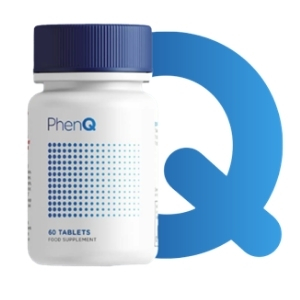
PhenQ
- Helps to burn fat
- Crushes food cravings
- Boosts energy and balances mood
- High-quality formula
THE GLUTE BRIDGE
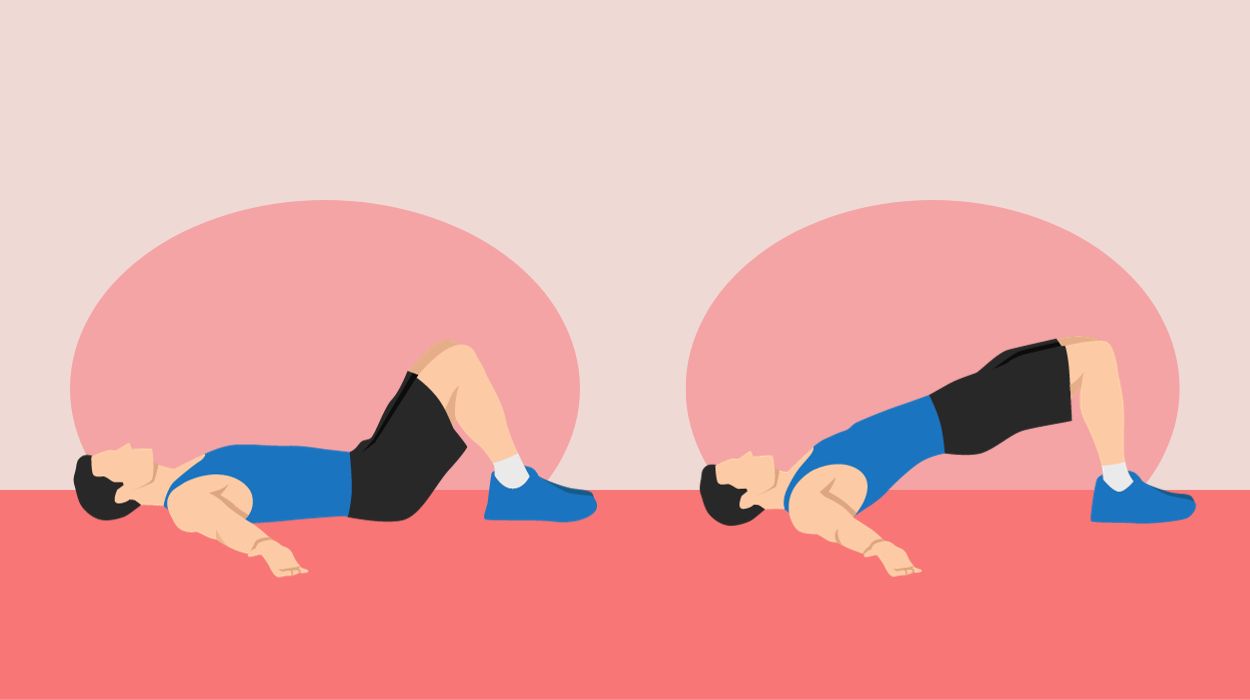
The glute bridgeis an excellent option for beginners. It involves lying flat on your back with bent knees and palms on the ground.
HOW TO DO:
- Lie on your back with your feet flat on the floor, hip-width apart, and your arms by your sides with palms down.
- Contract your glute and abdominal muscles.
- Lift your hips off the ground, forming a straight line from your shoulders to your knees while maintaining a neutral spine.
- While at the top, pause for five seconds.
- Bring your lower body slowly to the first position.
TIPS:
- Keep your feet and knees aligned with your hips throughout the movement to maintain proper alignment and engage the glutes effectively.
- Exhale as you lift your hips, and inhale as you lower them back down to maintain a steady breathing pattern.
- To increase the challenge, you can place a resistance band just above your knees or use a single leg during the exercise, alternating between sets to intensify the glute activation.
OPTIMAL SETS AND REPS:
3 sets 15 reps.
JUMPING SQUATS
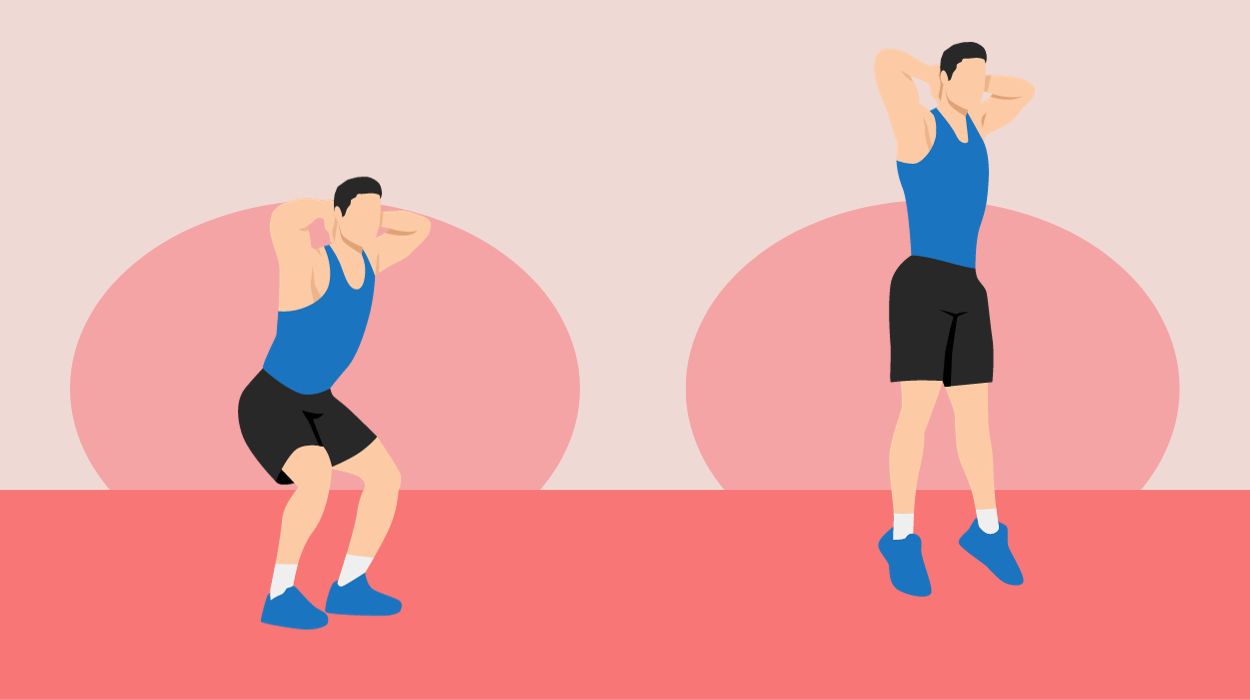
Jumping squatsare beneficial for cardio and strengthening your lower body.
HOW TO DO:
- In a standing position, make a squat with your arms on each side and your feet slightly parted at feet-shoulder width.
- Lower your body to ensure your knees are parallel to your thighs.
- Lift your body off the floor at least three inches.
- To enhance momentum, extend your arms.
- Squat back down softly, knees bent, and repeat.
TIPS:
- Keep your core muscles engaged throughout the exercise to maintain stability and control during the jumps.
- Land with a slight bend in your knees to reduce impact on your joints and prevent excessive strain.
- As you progress, you can increase the intensity by jumping higher or adding weights, but prioritize good form and safety at all times.
OPTIMAL SETS AND REPS: 3 sets 15 reps.
BANDED SIDE STEPS
Banded side stepscan help you gain weight on your hips and glute muscles.
HOW TO DO:
- In a standing position, begin by placing the resistance band a few inches below your knees.
- Gradually lower it down to the ankles as you get used to the workout.
- Bend your knees and lower your butt at least a quarter way.
- Step to the left with your left foot as you let the band lose tension, return to the center, and then repeat.
- Complete ten side steps to the left, then turn to the left side.
TIPS:
- Keep your feet parallel and maintain a consistent level of resistance on the band throughout the entire range of motion to maximize muscle engagement.
- Avoid excessive leaning or tilting of your upper body; instead, focus on maintaining an upright posture to target your hip abductors effectively.
- For added variety and challenge, you can perform the exercise while moving in multiple directions, such as diagonally or in a zigzag pattern, to engage different muscle fibers.
OPTIMAL SETS AND REPS: 3 sets 10 reps on each side.
CLAMSHELL
Clamshellaims to increase the gluteus minimus and medius. These belong to the same muscle group as the gluteus maximus; however, they are smaller. They are vital for balancing the lower body, preventing pain in the lower back, and stabilizing the pelvis.
HOW TO DO:
- First lying on either of your sides, say the right side, with stacked legs, left hand on the hip, and head resting on the right arm.
- Bend your knees at a ninety-degree angle and ensure your feet are aligned with the butt.
- Lift your left knee while engaging your core, and keep your feet together.
- Keep the right knee on the ground with your hips stacked, and ensure the hips do not rotate back.
- Pause at the top for several seconds, then slowly return to the first position.
TIPS:
- Ensure your core is engaged throughout the exercise to maintain stability and prevent excessive tilting of your pelvis.
- Keep your feet in contact with each other at all times, avoiding any separation, to target the hip abductors effectively.
- To make the exercise more challenging, you can use a resistance band placed just above your knees, gradually increasing the resistance level as your strength improves.
OPTIMAL SETS AND REPS: 3 sets 15 reps on each side.
LIFTING WEIGHTS
Lifting weightsis good for increasing your workout intensity. You can do heavy lifting or use barbells, dumbbells, kettlebells, machine balls, resistance bands, and many more. Suppose you are uncertain about how much weight you should lift when trying to gain weight. Consult your physical therapist or personal trainer.
DONKEY KICKS
Donkey kicks focus on all the butt muscles.
HOW TO DO:
- Begin on your fours and ensure the knees and hips are widths apart, hands flat on the ground below your spine neutral, and shoulders.
- Lift your left leg from the floor after bracing your core, and ensure your foot is flat and the left knee is bent.
- Use your butt muscle to thrust your foot toward the sky, then stop and squeeze at the top.
- Ensure the hips and pelvis stay pointed towards the ground, then return to the first position.
TIPS:
- Maintain a neutral spine throughout the exercise by keeping your head aligned with your back and avoiding arching or rounding.
- Squeeze your glutes at the top of the movement for a brief pause to maximize muscle activation.
- To intensify the exercise, you can add ankle weights or resistance bands above your knees, gradually increasing the resistance as you progress.
OPTIMAL SETS AND REPS: 3 sets 15 reps on each leg.
TIPS ON HOW TO GAIN WEIGHT IN BUTT
👇👇👇👇👇👇👇
MUSCLE RECOVERY
If you want to increase muscle growth, it is vital to understand that your muscles need time to heal and recover after working out. Muscle protein synthesis helps in increasing muscle mass, repair, and recovery. After working out, rest up and ensure you get enough sleep,[3] eight to ten hours, for muscle recovery and promoting athletic performance.
CALORIE SURPLUS
Gaining weight is heavily dependent on increased calorie intake. This increment in calories helps in supplying energy and managing body weight. Also, a surplus in calories helps you gain weight as it can be converted into muscles. Unhealthy junk food should not be a source of these additional calories. You can also calculate your calorie consumption[4] by determining the precise calorie amount needed for muscle mass.
You can increase calorie consumption by eating more meals frequently. Also, you can have a diet plan with three main meals daily and throw in several high-calorie snacks in between the day. Healthy snacks can include milk, cheese sticks, greek yogurt, fruits, and nuts. A bigger butt also requires consuming more good carbs food. For larger butt muscles, you can consume complex carbs such as oats, quinoa, lentils, brown rice, and sweet potatoes.
Additionally, increasing calorie consumption for a bigger butt includes increasing protein intake. Muscle building requires proteins as they are converted into amino acids, which help in muscle growth and repair. You should increase your protein intake for bigger buttocks and thighs by consuming foods rich in proteins, such as dairy products, eggs, lean meat, chicken, and seeds. Plant-based proteins include chia seeds, lentils, beans, soy protein, and peas. Healthy fats[5] can also help increase calorie consumption, which benefits a bigger butt. The body breaks proteins into amino acids, which are used for muscle growth and recovery. Foods with healthy fats include full-fat yogurt, chia seeds, fatty fish, and avocados.
PROPER HYDRATION

Taking enough water before, during, and after post-workout is vital for replenishing electrolytes.
BUTT WORKOUT REGIME
There are particular exercises geared towards increasing butt and thigh muscles. Such exercises include squats, hip thrusts, lunges, donkey kicks, and many more. These forms of exercise can offer increased muscle weight and other health benefits. For prominent results, be consistent and do two to three sets at least three times every week. Other workouts that can offer numerous health benefits and increase your muscle strength in the lower body include resistance training, using elliptical machines, mountain climbing, hill running, and many more.
HIGH PROTEIN-CALORIE SUPPLEMENTS
These dietary supplements are excellent alternatives if eating more is not an option or appealing to you. These supplements can nourish the body with nutrients, increase energy levels, and help you gain weight in the lower body. Suppose you are vegetarian; there are plant-based[6] dietary supplements that can increase your protein consumption.
CAN YOU GAIN WEIGHT IN BUTT?
Gaining weight in the buttocks is possible. Through consistent butt workouts and calorie surplus, weight gain in the body’s “sitting apparatus” can be a seamless and effective process. Increasing calorie intake is mandatory if you are trying to gain weight on the glute muscle and hip muscles. Also, since you can control where the gained body fat goes, more calories, a consistent workout routine, and a healthy lifestyle can help you gain muscles evenly. This article will offer tips on how to gain muscles in the lower body through a balanced diet and exercise. These tips can be applied to anyone seeking to gain or lose weight since adhering to a healthy lifestyle is vital to leading a healthy life.
Featured Partner Offer
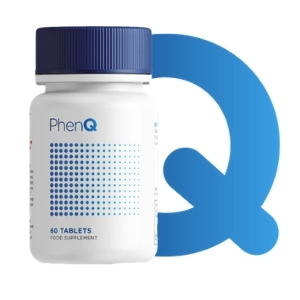
PhenQ
Free US shipping and free download of 7 weight loss & nutrition guides
WHAT FOOD MAKES YOUR BUTT BIGGER?
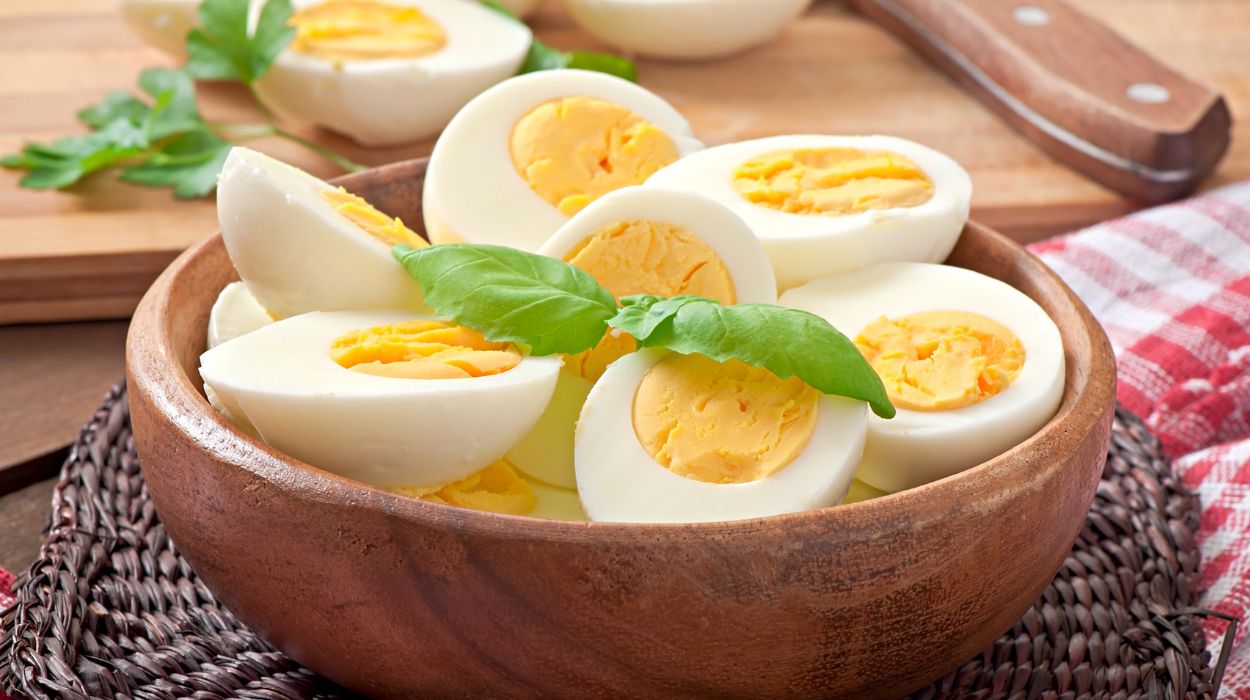
The following are excellent options for foods if you are learning how to gain more weight in the gluteus maximus region:
- SALMON is a fatty fish and an excellent protein source. It has anti-inflammatory effects, which are vital for muscle healing and growth. It is packed with numerous omega-3 fatty acids,[7] which benefit the body’s overall health.
- FLAXSEED contains bountiful omega-3 acids, vitamin B, phosphorus, and magnesium. You can increase your protein consumption by taking these seeds hence an excellent option for weight gain in the lower body and building muscles.
- EGGS contain bountiful phosphorus, selenium, riboflavin, and vitamin B12. Eggs also contain leucine, an amino acid that prevents muscle breakdown by promoting protein synthesis.
- QUINOA is packed with numerous nutrients, such as the nine essential amino acids[8] that do not occur naturally in the body. It helps[9] in reducing muscle damage, increases energy levels, and enhances muscle endurance.
- Legumes[10] such as kidney beans, peanuts, peas, and lentils can help you gain weight in the glute
- BROWN RICE is a complex carb that can offer additional protein consumption. It also contains bountiful BCAAs[11] which boost energy levels, reduce muscle soreness and fatigue, promote protein synthesis, and prevent muscle loss.
- PROTEIN SHAKES
- Avocados can reduce muscle damage, soreness, and inflammation and enhance fast recovery
- Pumpkin seeds
- Greek yogurt
- Tofu
- Nut butter
- Chicken breast
- Cottage cheese[12]
- Tuna[13]
- Potatoes[14]
- Tiapia[15]
CONCLUSION
While a bigger butt can be significantly affected by genetics, butt workouts, and meal plans can help you gain weight in the butt. For prominent results, be consistent with workouts and meals. Certain nutrients in foods are building blocks for increasing your hips and butt muscles. You can consult a personal trainer for recommendations on what foods and workouts you should take to gain weight
Source: Ehproject.ng




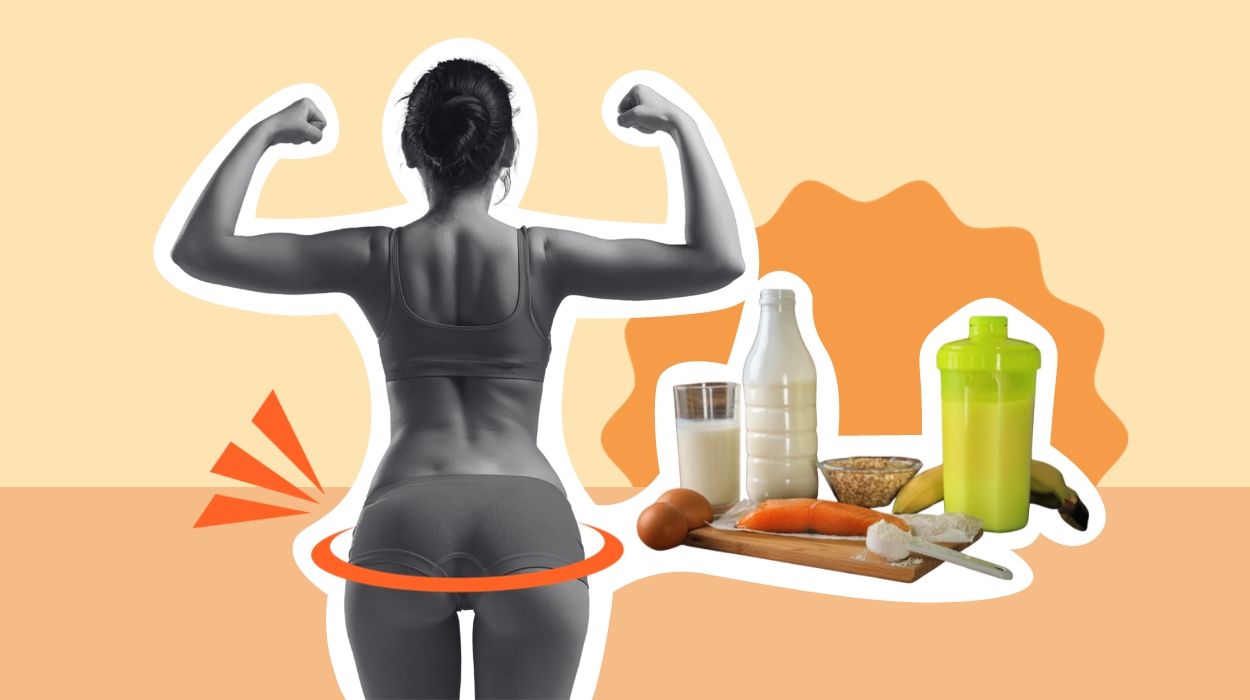 The buttocks are the most powerful muscle in the human body. Photo: Nghi Tran
The buttocks are the most powerful muscle in the human body. Photo: Nghi Tran